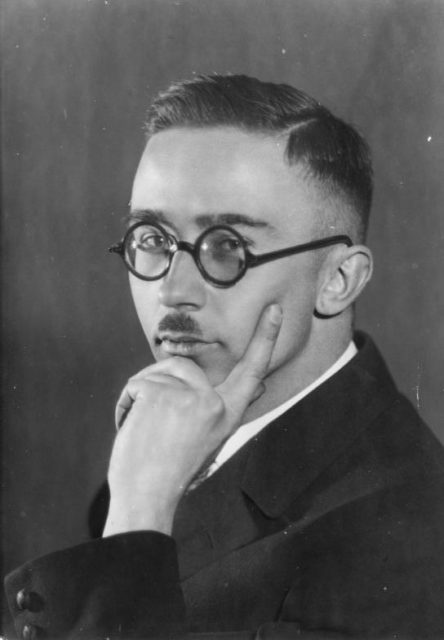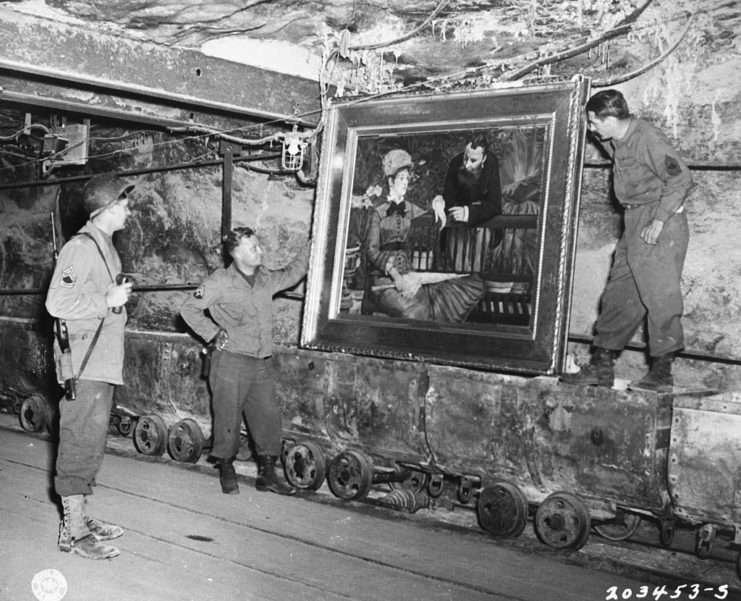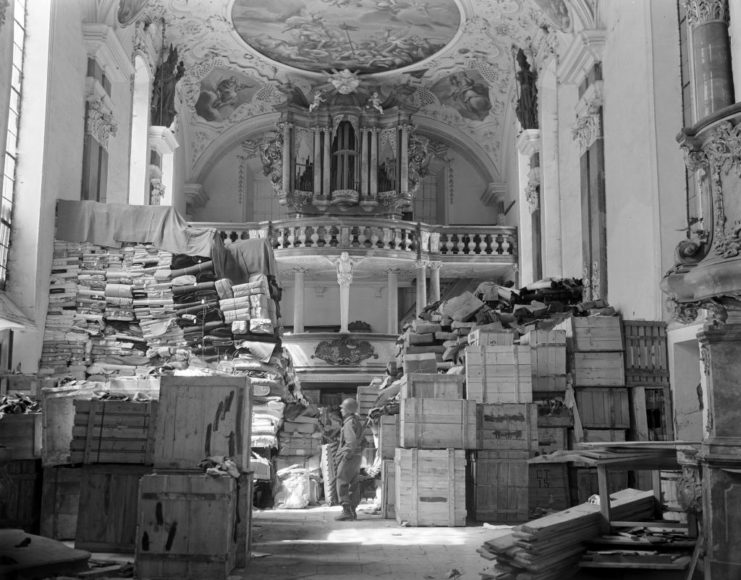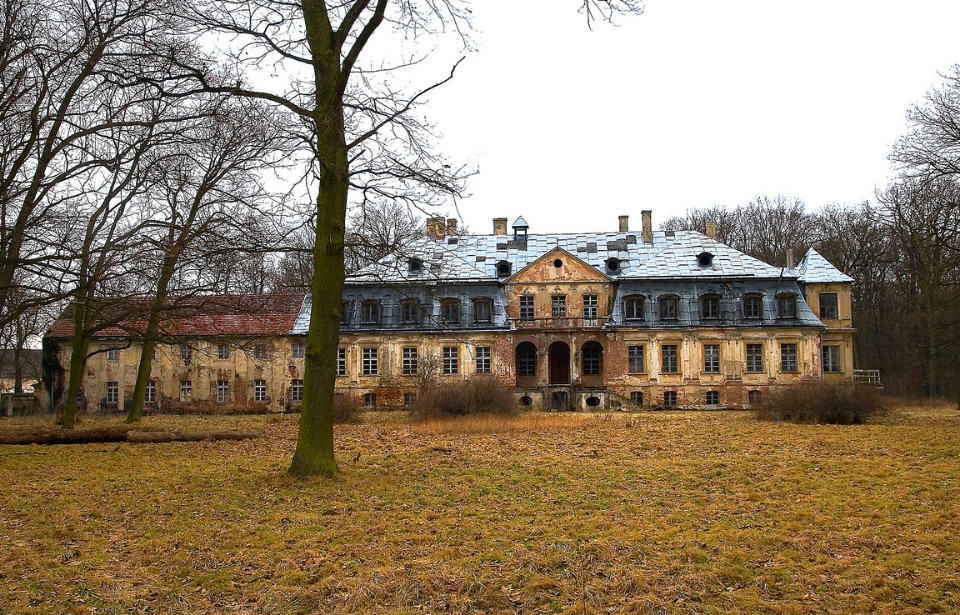Treasure hunters have long been fascinated with locating the hidden gold and loot taken by the German Army and hidden across Eastern Europe during the Second World War. One group claims to have found part of the treasure – four tons of gold – beneath the grounds of an abandoned conservatory in the southern Polish village of Minkowskie.
According to the Silesian Bridge Foundation, the gold is located within a canister buried 10 feet below the ground at Seydlitz Palace. It’s said to measure between 1.2 and 1.5 meters in length, with a diameter of 50 cm. The location at which it’s buried was once used as a brothel by the Waffen-SS, which was headed by Heinrich Himmler.
The hidden treasure was discovered after the group was provided with documents, the diary of an SS officer and a map. They were donated by descendants of the SS as a form of atonement for the suffering those in Poland experienced during World War II.
After examining the documents, the group used geo-radar to determine the exact location of the canister. They then drilled a series of holes on the property, which confirmed anomalies beneath the surface. They also found there were stones and rocks that would not have naturally been present in the terrain.

According to the documents, the treasure is possibly the “Gold of Breslau,” which was deposited at the Reichsbank in the city (now Wrocław) and later stolen during the last months of the war to fund the so-called Fourth Reich.
Under SS guard, the gold was transported through the town of Hirschberg – now Jelenia Góra – before being sent to the Sudeten Mountains. The trail then went cold, and the treasure’s location has been a mystery ever since.
Speaking with The First News, the foundation’s head, Roman Furmaniak, said the documents showed “the SS planned to use [the gold] to re-establish agriculture in Ukraine to feed the new Reich.”

The diary, according to The Daily Mail, was written by an SS officer named Michaelis, and notes there are 11 different caches of treasure hidden across the Lower Silesia. This stash, in particular, was hidden by another officer by the name of von Stein.
The diary also describes one cache as containing 47 pieces of art stolen from France, including works by Rembrandt, Botticelli, Rafael, Monet, Cezanne, Dürer and Carravagio. All were hidden to keep them out of the hands of the advancing Red Army.
The Silesian Bridge Foundation in #Poland claims to have found a hidden canister dating back to #WW2 with the help of SS documents. They believe it contains of tonnes of looted gold. An interesting project to keep an eye on!
Full read @the_1st_news:https://t.co/L6sYT8Nf95 pic.twitter.com/a8WU4GkfQ1
— Aquila Polonica (@polandww2) May 10, 2022
Michaelis is said to have been the link between the SS and local aristocrats. He was part of the Quedlinburgers, a group associated with Third Reich cult worship during the 1930s-40s. Their history dates back to the 10th century, when King Henry the Fowler ruled over Germany. The Third Reich used his legacy to legitimize its own power, and on the anniversary of his death held ceremonies at his tomb in Quedlinburg.
Himmler is said to have been fascinated with Henry’s reign and believed himself to be the ruler’s reincarnation.

More from us: Treasure Hunter Claims To Have Found Legendary Lost Gold Train
In support of their search, the Silesian Bridge Foundation has taken out a 10-year lease on Seydlitz Palace. The group is currently awaiting permission to raise the canister to the surface, as well as permission from army sappers, as they believe the area could have been boobytrapped by the SS. The latter is expected to take months.
